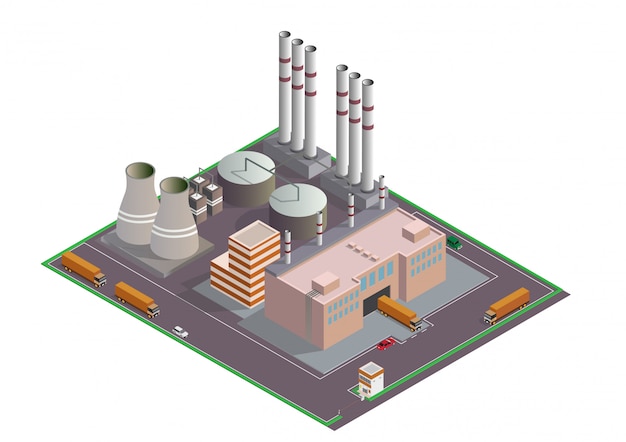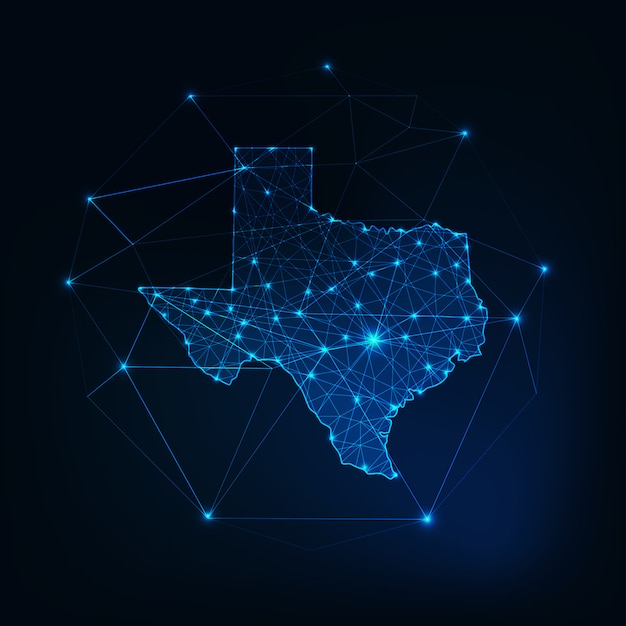

33 Nebraska has the third-largest number of industrial electricity customers in the nation, after Texas and California. 30, 31, 32 Although annual electricity sales to the industrial, residential, and commercial sectors are fairly even, the largest share goes to the industrial sector. Nebraska’s average electricity retail price is among the lowest one-fifth of the states, while its per capita electricity retail sales are among the top one-fourth of the states. Nebraska is the only state in which all electricity providers are publicly-owned-either public power districts, municipal power systems, or rural electric cooperatives. Hydroelectric power fueled about 3% of the state’s net generation in 2021. 27, 28 Natural gas-fired generation tripled between 20, when it provided 4% of the state’s power, exceeding hydroelectric power for the first time. The state’s remaining operating nuclear power plant, Cooper Nuclear Station, supplied 18% of the Nebraska’s power in 2021, down from the 30% that the two nuclear plants provided in 2010. 26 The smaller of the state’s two nuclear power plants-Fort Calhoun Nuclear Station, which was located along the Missouri River on the state's eastern border-shut down in 2016 after a flood and fire. Wind surpassed nuclear power’s contribution for the first time in 2019, and accounted for 25% of Nebraska’s net generation in 2021. 25 Wind, nuclear energy, natural gas, and hydroelectric power provided almost all of the rest of Nebraska’s in-state electricity generation. Although coal-fired power plants fueled 49% of the state’s net generation in 2021, coal’s contribution was at its lowest level since at least 1990. Nebraska is the only state in which all electricity providers are publicly-owned.Ĭoal provides the largest share of Nebraska's electricity generation, and 4 of the state’s 10 largest power plants by capacity and by actual generation are coal-fired. 22 Nebraska’s relatively small population, energy-intensive industries, and weather extremes contribute to the state ranking among the 10 states with the highest per capita energy consumption. Hot summer temperatures occasionally exceed 110☏ and harsh winter temperatures can fall to minus 30☏, which can result in high seasonal energy consumption for air conditioning and heating. 21 The state’s weather varies greatly from season to season. The residential sector accounts for 19% and the commercial sector accounts for 16%. 18, 19, 20 Transportation, Nebraska's second-largest energy user, accounts for about 23% of the state’s total energy consumption. Other energy-intensive industries in Nebraska are chemical manufacturing-particularly of pharmaceuticals, pesticides, and fertilizers-and machinery manufacturing. 17 Nebraska is one of the world's major meatpacking centers, and the energy-intensive agricultural and food processing industries are leading contributors to the state’s gross domestic product (GDP). It accounts for about 42% of the state’s total energy consumption in the end-use sectors. Industry, which includes agriculture, is the end-use sector that consumes the most energy in Nebraska. Uranium, the source for nuclear reactor fuel, was mined in northwestern Nebraska, but the state’s only in-situ uranium mine suspended operations in 2018. 13 The state also produces small amounts of natural gas. 12 Nebraska has modest fossil fuel resources and production, primarily crude oil. 9, 10, 11 Crop residues supply a plentiful biomass resource as well. 8 The wide rivers that cross the state provide hydropower, and the abundant sunshine, especially in western Nebraska, offers a good solar resource. 5, 6, 7 The broad plains that occupy much of Nebraska also have some of the nation's best wind energy resources. 3, 4 Nebraska produces the nation’s third-largest corn crop, and, using corn as a feedstock, the state has become the nation’s second-largest producer of fuel ethanol.


1, 2 The groundwater and the fertile soils of the prairie that cover much of Nebraska make it a leading agricultural state. Those sandhills cover more than one-fourth of the state and sit on top of a vast, shallow aquifer that extends beneath parts of eight states and provides the groundwater crucial for agriculture in the region. Located in the center of the continental United States, Nebraska is a Plains state with rolling hills that include about 20,000 square miles of ancient sand dunes beneath the prairie grasses. Nebraska’s energy-intensive food processing industry, including meatpacking, is a leading contributor to the state’s GDP.


 0 kommentar(er)
0 kommentar(er)
